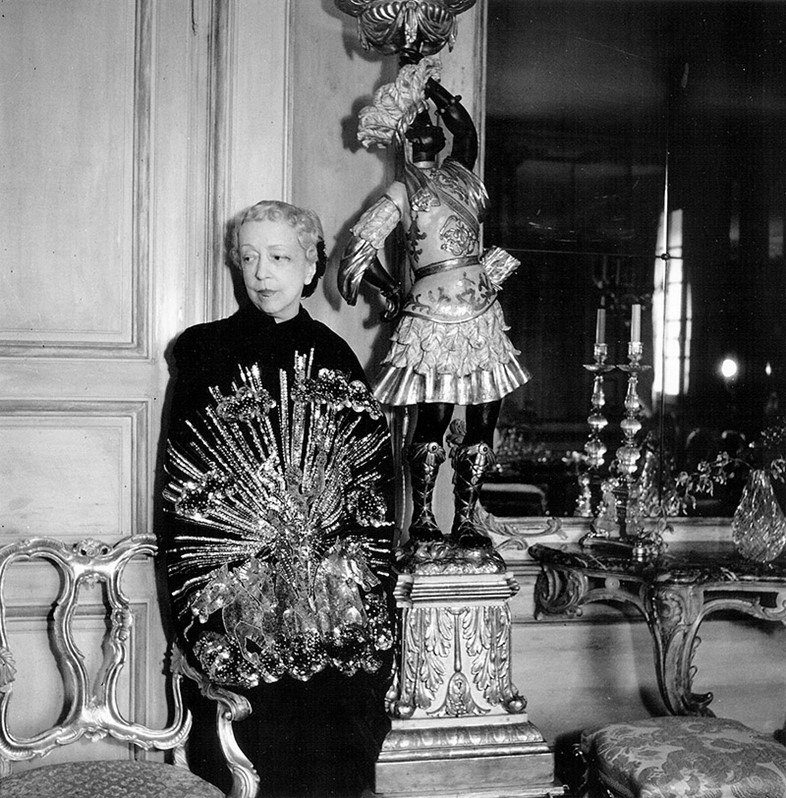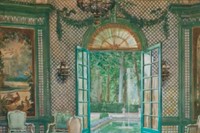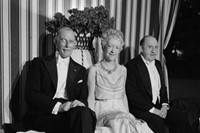We consider the style and aplomb of legendary interior designer, Elsie De Wolfe
Elsie de Wolfe has been credited as America’s first interior designer. She brought celebrity and wit to an otherwise unknown profession, and her designs represent a seductive and obsolete style of whimsical murals, trompe-l'œil wallpaper and frivolity. In her 1913 book, The House in Good Taste, she wrote, “I’m going to make everything around me beautiful – that will be my life.”
Wolfe originally trained as an actress, but received more notoriety for her onstage wardrobe than for her performances. It was not until she was in her forties that she took to decorating houses, a career that would not only make her name but transform the landscape of the traditional American home. She first redesigned her own quarters, the Villa Trianon in the Versailles district of Paris, followed by The Colony Club in New York, a female member's club that would cement her reputation. She abolished strict Victorian hauteur and reinvigorated tired buildings with light, open spaces and soft, comfortable upholstery. “I opened the doors and windows of America, and let the air and sunshine in,” she later said. Her charisma and charm was evident in her designs, inspired by a French aesthetic, introducing Parisian art and entertainment to American high society, along with a delicate touch of femininity in a male-dominated industry. She took ambitious projects on both sides of the Atlantic, during a decade where it took eight days, rather than eight hours, to travel from New York to France.
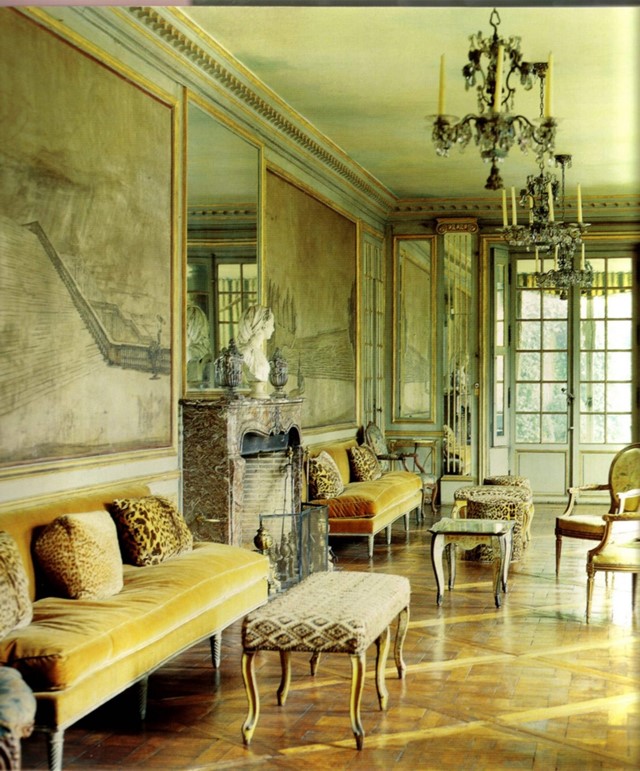
Wolfe dressed herself with the same free-spirit and rebellion that she approached interiors. In 1926, shortly after marrying diplomat Charles Mendl, she shocked high society by arriving at a fancy dress ball as a Moulin Rouge dancer, performing headsprings as she entered the room. Her marriage to Mendl was one more of convenience than love — she could live tax-free as a diplomat’s wife — and she was known in close circles to be more intimate with women than men. She lived apart from her husband and was open in her close personal relationship with Elizabeth Marbury, a pioneering theatre agent whose clients included George Bernard Shaw and Oscar Wilde. She was described in 1937 by friend Valentine Lawford as, "This tough old woman with the figure of a girl and the opaque eyes of a La Tour pastel.”
"Be pretty if you can, be witty if you must, but be gracious if it kills you" — Elise De Wolfe
Wolfe was also renowned for throwing extravagant and legendary parties, and her ability to, as the Duchess of Windsor commented, “mix people like a cocktail." Among her most famous gatherings were the Circus Balls of 1938 and 1939. Wolfe decorated her home with lavish canopies, garlands and a working circus cast, complete with horses and acrobats, and it was attended by the crème of high society. For many, these parties also marked the end of the indulgent, high-rolling 20s and 30s in pre-war America, something that can also be said of her designs. While her interiors may now be dated, her words continue to ring true: "Good dressing is largely a question of detail and accessories,” advised Wolfe. "Be pretty if you can, be witty if you must, but be gracious if it kills you."
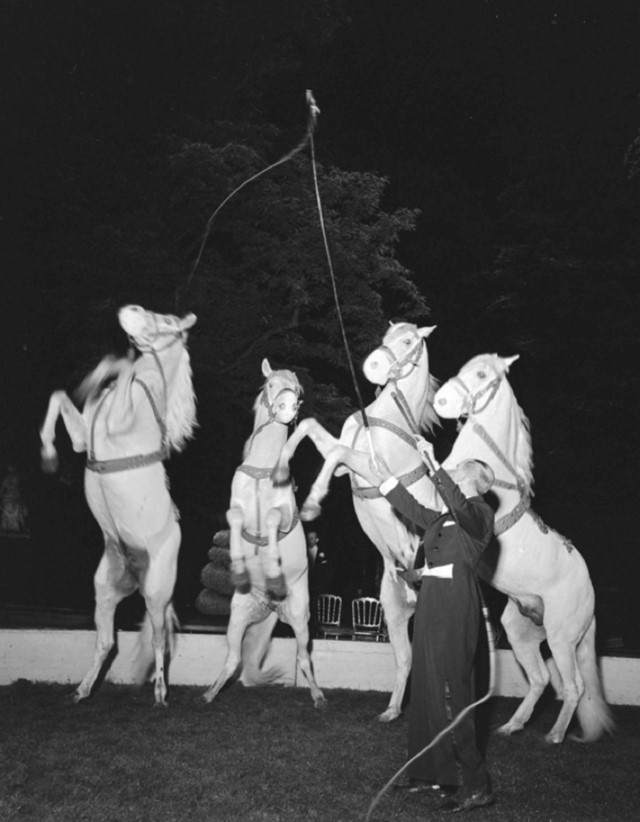
Elsie De Wolfe's Paris: Frivolity Before the Storm by Charlie Scheips is out now, published by Abrams.
Text by Mhairi Graham
